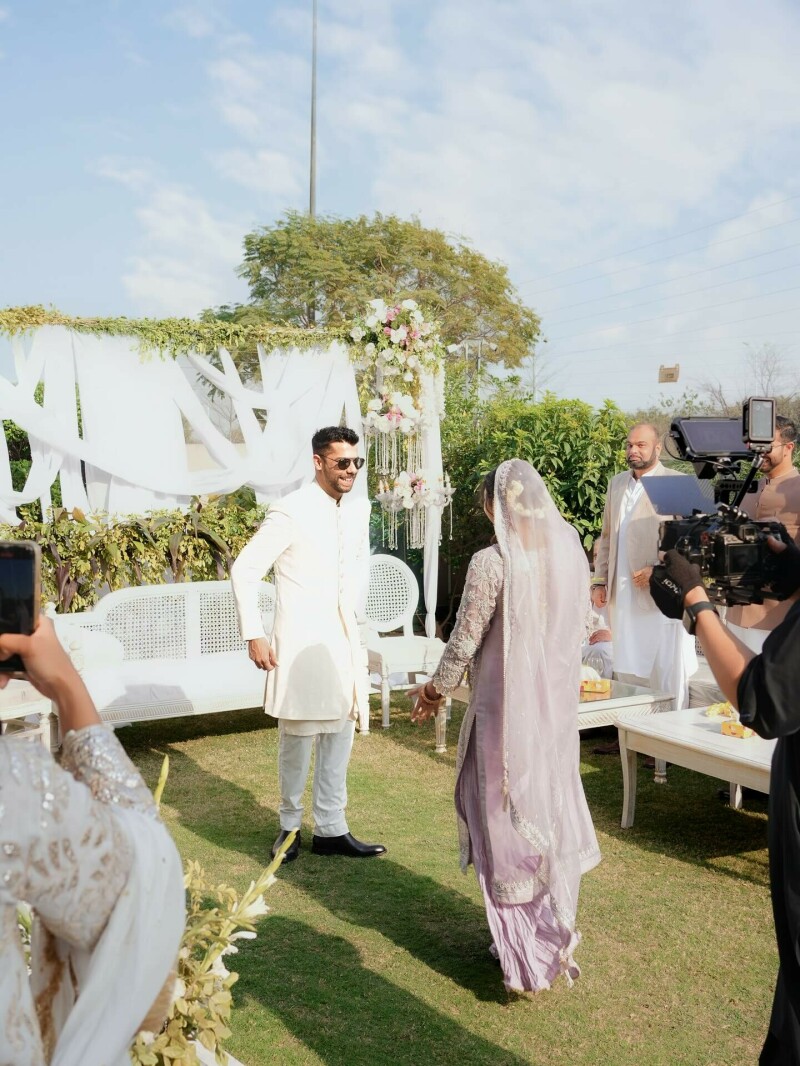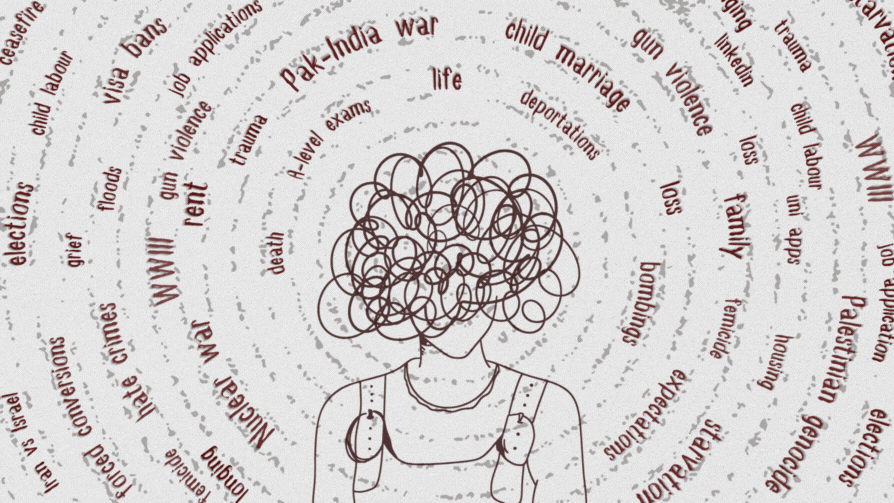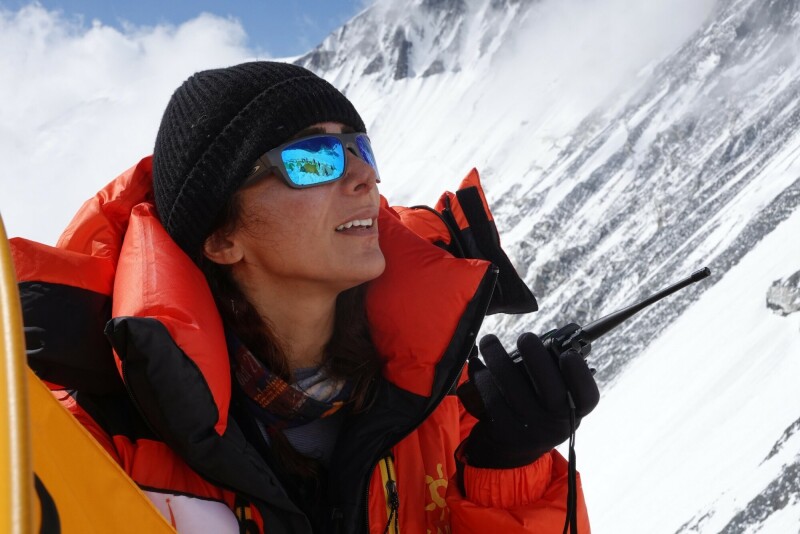Khaplu — an idyll of physical and social balance
As an academic in the field of architecture, I teach my students about sustainability as a concept, as a principle and as a design strategy. But within the context of Karachi, I struggle to find the right case studies and examples from which my students can learn.
Sustainability literally means “the ability to maintain balance”. This balance could be between nature and man-made structures, between culture and economy or between environment and economics. In each of these cases, there is an abundance of urban examples in Far East Asia and in the Western context, but not many in the urban context of Pakistan.
My search for local examples was somewhat answered by my recent visit to Khaplu. Located in the Ghanche division of Gilgit-Baltistan, Khaplu was established in the late 14th century by Syed Ali Hamdani, a follower of the Nurbakhshi (a Sufi order) sect, at the base of the Karakoram Range. It is the last stop for trekkers going towards Hushe valley, en route to the peaks of Masherbrum, K6 and K7. What struck me most about Khaplu was the co-existence of the built form with nature; most of the buildings use local resources and construction technique and camouflage with the exotic natural environment.
Unlike other tourist destinations of the Northern Areas, here there seemed no desire to subjugate nature or to cut through the vast expanse of natural landscape, nor to tame the wild flora and fauna. Khaplu, for me, was an oasis within the cold desert of Gilgit Baltistan, which respects the natural landscape contours, the natural river flow and the local wildforest plantations.
The city, with a population of 200,000, proudly claims to have no active criminal cases for the last more than half a century, and with a crime rate clocked at zero percent. A sign of sustainability in my view! As nature is happy, the locals are content; thus there is a balance between the physicality of the city and its social repercussions. This ‘balance’ is also reflected in the hospitality of the locals. Random people would talk to us, and invite us to their houses to eat fruit. Can we imagine this in Karachi?
The small Gilgit-Baltistan town exhibits an idyll of physical and social balance, with various aspects of ‘sustainability’ reflected in the manner in which its buildings respect the surrounding natural landscape
Although we visited Khaplu in June, we are told that the landscape changes colours with different seasons. In autumn, the safaida trees turn yellow, in winter the landscape turns white and, in early spring, it displays a peach colour palette. Thus, we see another example of harmony. The brightly coloured local houses reflect the vibrant colours of the surrounding landscape, and are painted in berylline, emerald and fuchsia.

Nature and architecture in harmony
The material of construction for the local residences ranges from stone, mud-dried bricks and corrugated sheets, to timber and lime plaster, with different materials assembled together very crudely. The rough textures and sketchy finishes are not camouflaged with any ornamentation. There is no shame in exposing the true form and style of construction. In fact, the locals take pride in showcasing the jagged, irregular edges of the houses as, according to them, it represents the organic and natural elements found in nature.
The overall structure and feel of the city also represents this lack of finesse. There are no broad boulevards marking the primary axis of vehicular circulation; rather, quaint streets meander around the built form, in respect to the change in levels and heights of the topography. The buildings are also attuned with the natural water bodies found in the area. With no designed sewerage system in place, the entire city’s sewerage is dependent on natural gravity.
One might think that this is a city quite isolated from the impacts of globalisation because of its distance from the province’s capital Skardu, and its rough terrain makes access difficult. But even this presumption is crushed when one gets to know that the literacy rate is 90 percent in the city. On a visit to a local secondary government school for boys, to attend a debate competition, the students displayed confidence and depth of knowledge which showed their connectedness and awareness about the world.
The school campus is designed around a central courtyard which is filled with trees, and the circulation pattern holds the various buildings of the campus together, respecting the natural terrain. The buildings are made of locally available stone, all are ground level only and have sloping roofs to cater for the heavy snowfall in the area. The campus has a rustic feel, and seems easy to maintain because of the choice of materials used.
A garden of Eden
As a tourist destination, Khaplu is famous for its fort and the 800-year old Chaqchan Mosque. Both these examples of architecture also reflect the desire to harmonise with nature rather than dominate it.
Both the structures use construction materials that make them blend with nature, rather than stand out. Even in the restoration project of the Khaplu Fort in 2005, under the grant received from Aga Khan Cultural Service, the conservationist kept this tradition intact and used natural materials. It has been called the “local mountain fortress” in historical accounts of the British travellers, whereas Khaplu has been described as a “garden of Eden” and the “loveliest of oases in all [the] region.” The Shyok River, which flows through the town, adds to the beauty of Khaplu. A majority of the houses facing the river have now been converted to rest houses or hotels, quite similar to the one we stayed in.
The Fort
The Khaplu Fort was constructed in the 19th century on a flat piece of land, near an earlier fort which was on a hill. The fort is rectangular in plan, and is constructed out of stone masonry and timber. The front façade stages three tiered balconies constructed in timber, and adorned with various carved motifs exhibiting geometric designs, floral patterns and swastikas, which are believed to be influenced by Tibetan, Persian and Kashmiri traditions.
Carved timber posts, screened verandahs and timber screens also adorn the various facades of the fort. These reflect the involvement of local craftsmen in the construction of the fort, and indicate the connection between the ruling elite and the local crafts communities.
The embellishments, done by hand, have been retained in the restored form of the fort, along with the windows and doors. The low ceilings of the rooms convey an aspect of humility, as one has to bend a little to enter the rooms, especially those on the upper levels, which were occupied by the ruling elite.
The current Yabgo family offspring, residing in the fort, narrates the story that the site for the palace was chosen based on where a boulder that was rolled down the cliff stopped. The selection of the site for construction using this methodology reminded me of the Feng shui method of selecting and analysing a site where, again, the forces of nature are consulted before any decision regarding construction and the location of the various rooms of a building are made. On further research, I discovered that the Yabgo rulers are the descendants of Chinese Turkestan, known as the Xinjiang Dynasty today. Thus, perhaps, their reverence for nature.
The structure of the palace encloses a garden, with the living quarters housed within the main four-storey building and the supporting ancillary functions such as stores, kitchen and stables, in other structures. The design of the main gardens is on the pattern of the Mughal Chahar Bagh, and the smaller garden has abundant use of water in the form of shallow pools and a fountain.

Chaqchan Mosque
The construction of Chaqchan Mosque is attributed to Syed Ali Hamdani, the first preacher of Islam in the area, who arrived in Khaplu in the late 14th century. A steep flight of steps leads one to the prayer hall, which is embellished with ornate timber carving. The mosque claims to be the oldest surviving structure in the whole of Gilgit Baltistan, and houses an astaana [abode]. It was also restored by the Aga Khan Trust for Culture, Pakistan.
What I found intriguing about the mosque was that, as a woman, no one objected to my entering the premises, and offering a prayer there, even during regular prayer time for the local namazis. This welcoming characteristic of the locals, this great sense of tolerance, was witnessed on the roads of Khaplu as well, where we were greeted with radiant smiles by the locals who engaged with us in random small talk. Thus, the physical balance of the location supports the social poise and stability, radiating various aspects of ‘sustainability’ and a general equilibrium within the society.
We also visited the sports ground in the vicinity of Khaplu Palace, in which various tournaments are played, although it is famously known as the Polo Ground. We were told by our driver that the games change with the seasons, from polo to football, to cricket to skiing. This same ground houses various sportsmen and spectators, and the overall feel changes, much like the outlook of the town, with the changing seasons. Yet, another connection with Mother Nature!
The writer is an architect, urban researcher and assistant professor at NED University of Engineering and Technology and can be reached at suneela_mail@yahoo.com
Originally published in Dawn, EOS, August 8th, 2021













Comments